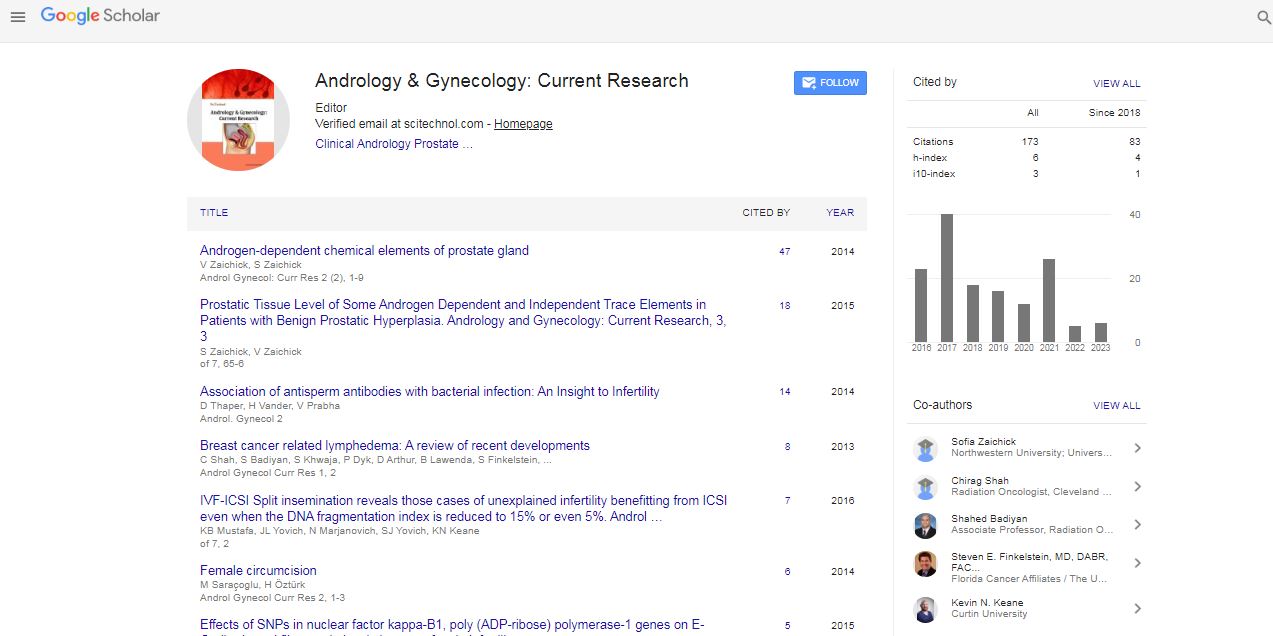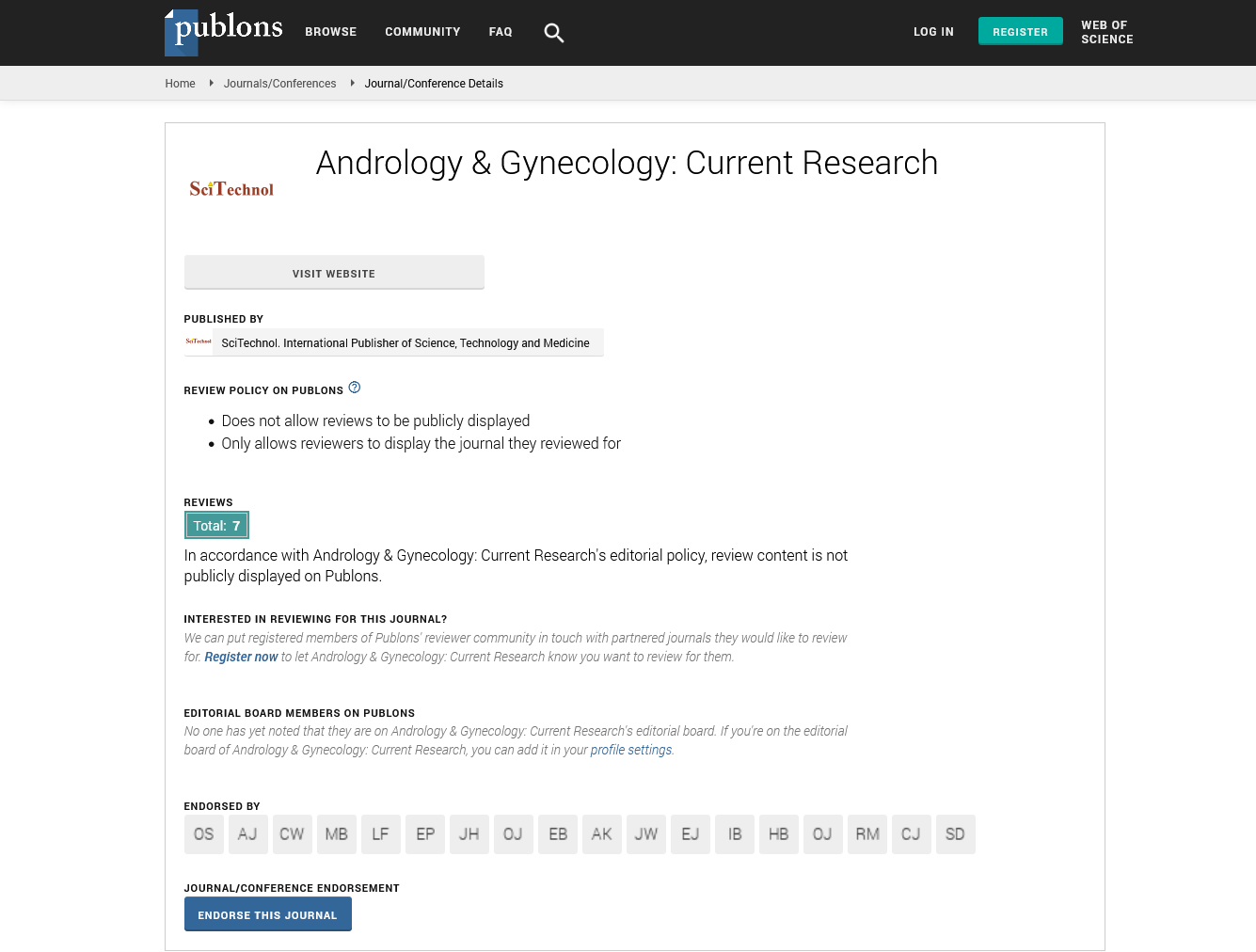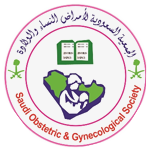Research Article, Androl Gynecol Curr Res Vol: 1 Issue: 3
Microfluidic Device Increases Sperm Concentration by Optimization of Chamber Structure
| Koji Matsuura1,2*, Ken Nishida3, Ikuyo Sugimoto1 and Shinichiro Yanase3 | |
| 1Research Core for Interdisciplinary Sciences, Okayama University, Okayama, Japan | |
| 2Cardiovascular Physiology, Graduate School of Medicine, Dentistry and Pharmaceutical Sciences, Okayama University, Okayama, Japan | |
| 3Graduate School of Natural Science and Technology, Okayama University, Okayama, Japan | |
| Corresponding author : Koji Matsuura, PhD Lecturer, Cardiovascular Physiology, Graduate School of Medicine, Dentistry and Pharmaceutical Sciences, Okayama University, Okayama, 700-8530, Japan Tel: +81-86-251-8966; Fax: +81-86-251-8966; E-mail: kojimatu@md.okayama-u.ac.jp |
|
| Received: March 11, 2013 Accepted: June 13, 2013 Published: June 18, 2013 | |
| Citation: Matsuura K, Nishida K, Sugimoto I, Yanase S (2013) Microfluidic Device Increases Sperm Concentration by Optimization of Chamber Structure. Androl Gynecol: Curr Res 1:3. doi:10.4172/2327-4360.1000106 |
Abstract
Microfluidic Device Increases Sperm Concentration by Optimization of Chamber Structure
Intracytoplasmic sperm injection (ICSI) is an extremely timeconsuming and tedious procedure in cases of oligozoospermia, because it is difficult to obtain a sufficient number of motile sperms. To circumvent this difficulty, we previously developed a microfluidic device to increase sperm concentration and reduce time required for ICSI. Here, we improved this device by carefully optimizing its dimensions. We achieved a 10–13-fold enrichment ratio in non-motile human sperms (1.0 × 104 cells/ml) when a chamber height of 1.4 mm was used, and we described a mathematical model to explain the relationship between sperm concentration and enrichment ratio. However, this model was unable to explain the decrease in the enrichment ratio when a chamber height of 1 mm was used.
 Spanish
Spanish  Chinese
Chinese  Russian
Russian  German
German  French
French  Japanese
Japanese  Portuguese
Portuguese  Hindi
Hindi 


